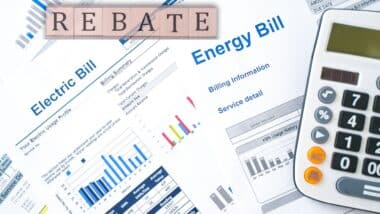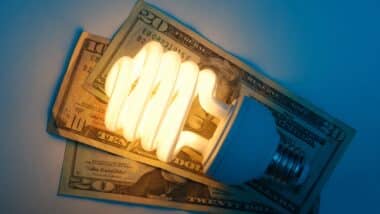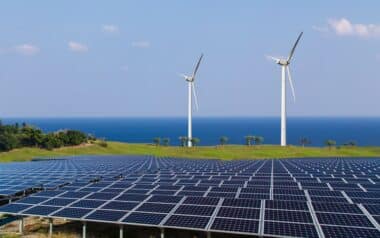Households in New South Wales, South Australia, and southeast Queensland are set to face electricity price hikes from July 1, following the final determination by the Australian Energy Regulator (AER). The changes will affect residents on Default Market Offers (DMO), which apply to approximately 8% of customers who remain on standard electricity plans. The AER’s decision sets the maximum price retailers can charge these customers, with increases ranging from 0.5% to 9.7%, depending on the region.
In NSW, electricity bills are expected to rise by between 8.3% and 9.7%, the highest increase among the three states. Households with Essential Energy, one of the state’s main distributors, could see average annual bills increase from $2,513 to $2,741, an estimated rise of 9.1%. In South Australia, price hikes will range from 2.3% to 3.2%, while customers in southeast Queensland will experience increases between 0.5% and 3.7%. These figures were slightly higher than those published in the AER’s draft determination in April.
Wider Market Impact Expected Beyond Default Plans
Although the new rates officially apply only to customers on default offers, market experts suggest broader impacts across all electricity plans. Meredith O’Brien, head of energy at Compare the Market, warned that other market offers are likely to adjust in line with the DMO. “Whether or not you’re on a standing offer, we know that households across Victoria, South Australia, Southeast Queensland, and NSW will likely see changes to their electricity prices from 1 July,” O’Brien said.
According to Canstar Blue modelling, the increases could add between $71 and $228 to annual household power bills, depending on the energy provider and location. These changes come as households already face mounting cost-of-living pressures, and as government officials encourage consumers to shop around for better deals. The federal government maintains that many consumers are still not on the most cost-effective energy plans available.
They‘ve done it again.
— Craig Kelly (@craigkellyAFEE) May 26, 2025
Straight after the election, electricity prices are going up yet again by 7.9% to 9.7% in NSW – around $228 for the average household.
And yet we are constantly lied to by Albanese & Bowen about how they are making electricity "cheaper".
It’s simple;… pic.twitter.com/Lfn1T5D6oD
Government Response and Switching Advice
Energy Minister Chris Bowen acknowledged the continued strain of rising energy prices and urged Australians to use the Energy Made Easy website to compare available plans. “With energy plans that are between 18% and 27% cheaper than the DMO, it’s worth shopping around,” Bowen said. He highlighted that approximately 80% of households are not on the cheapest available plan and encouraged switching to more affordable options via energy.gov.au.
The opposition responded critically to the increase. Coalition energy spokesman Ted O’Brien accused the federal government of failing to control energy prices and claimed the latest hikes demonstrate that bills will continue to rise under Labor’s policies. The political response underscores the broader debate over energy affordability and government intervention in the utility sector, especially amid regulatory decisions that directly affect millions of households.









